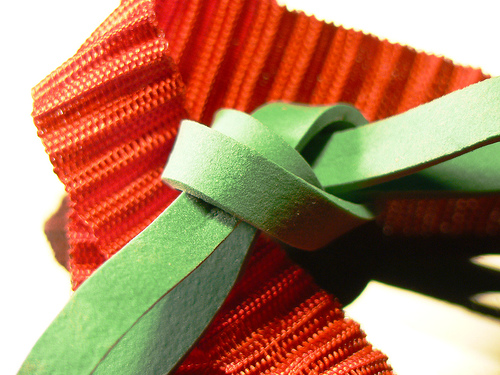Published on
How And Why We Should Keep Student Retention In Higher Education

My colleagues and schools have asked me how and why we should keep student retention in higher education and have asked me countless times. Well, one reason is simply because it works – it creates a deeper level of learning (Blooms Taxonomy). You have very little cost involved when you contrast with what the university loses financially. In addition, what about the student who drops out? Do they go on to another school, join the workforce, or go to trade school? Or will they ever reach their potential? I spoke with one private university, and their concern was that if they lose one student, they lose $35,000 per year and they still have the same expenses to run the university.
I’ve talked to professors who have been teaching many years, and still refuse to change their style of teaching even though their students have changed how they learn. I have also spoken to professors who have embraced technology, the many whitepapers, the testimonials that have come about from their peers on how to use this exciting technology in their classrooms, and the results they have received.
I have stood outside classrooms prior to them starting and listened to students commenting, “I wonder what kind of questions we’re going to get today?” They really enjoy using the technology because they know they will have to come to class prepared and ready to respond. Many professors use student response systems- often called “Clickers”- for a variety of reasons: to take attendance, to give quizzes, to survey or poll their audience. The entire time, the students know they’re being assessed and that these scores count as part of their grade.
As one biology professor who started using them in his large biology class of one hundred and eighty students told me, before he started using the clickers his class attendance would drop about forty percent after a few weeks. However, after he implemented them and started using them properly his attendance was running at about eighty-five to ninety percent and all he had changed was started taking attendance, and asking questions to make sure they understood the material he was presenting. Many times, when he didn’t get the results he expected, he would have the students discuss it amongst themselves, and ask the question again. After this, the charts that displayed the results greatly improved. This peer to peer discussion also gave students a deeper level of understanding.
The biggest challenge is getting professors to use this technology. Schools cannot push too hard, and yet they have started too when the students review the class and the professor. Some of the questions are worded like, “Were you satisfied with the technology used in the classroom?” Feedback like this is beginning to change the way professors are approaching their class. Unfortunately, many professors do not care how many students drop out because they do not think the problem is because of themselves; after all, they have been teaching the same material for thirty years the same way.
Now, technology has started to move beyond using single function devices, to the point where students can use their web enabled devices such as Smart Phones, Tablets, Notebook/Laptop computers, and even SMS cell phones. Some schools have adopted this technology campus-wide, while other are still in the dark ages, using chalkboards if you can believe that! Students, according to a 2008 study conducted by CDW, are now looking at schools during their initial visits and asking questions like, “What sort of technology are you using on campus to help me achieve my goals, or become a better student”?
I would like to conclude this article with another quote that I read, “Teach, Engage, and Inspire!” Sure, the professor should take more responsibility in keeping the student engaged to learn at their maximum potential. That is, after all, exactly what a good Coach (teacher) is supposed to do.
Author Perspective: Business



